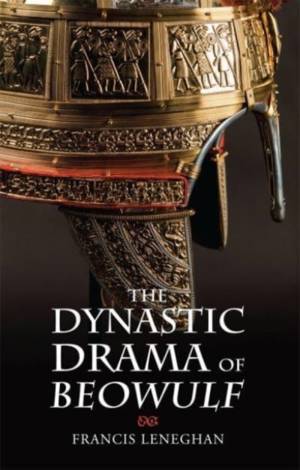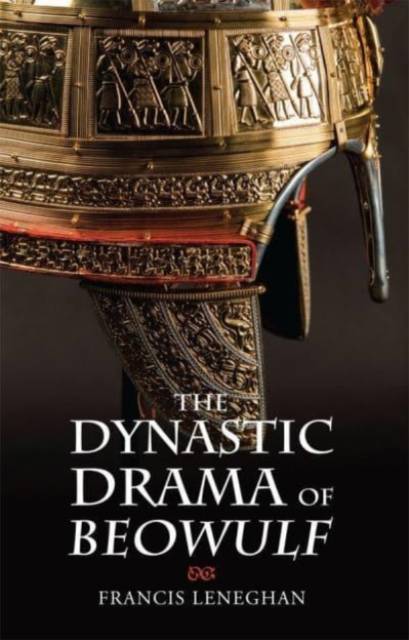
- Afhalen na 1 uur in een winkel met voorraad
- Gratis thuislevering in België vanaf € 30
- Ruim aanbod met 7 miljoen producten
- Afhalen na 1 uur in een winkel met voorraad
- Gratis thuislevering in België vanaf € 30
- Ruim aanbod met 7 miljoen producten
Zoeken
€ 59,95
+ 119 punten
Uitvoering
Omschrijving
The original audience of Beowulf was steeped in ancient Scandinavian royal legend. But for modern readers of the poem, these traditions are frustratingly obscure and confusing.
This book argues that Beowulf is adynastic drama centred on the fortunes of three great royal houses, the Scyldings, Scylfings and Hrethlings. At the centre of the poem is the Geatish hero, whose adventures provide the link between these three dynasties. By unravelling the web of Scandinavian royal legends known to the work's original audience, the volume allows the modern reader to appreciate better the role of the monsters as portents of dynastic and national crises. It begins by offering a new interpretation of the work's structure based on the principle of the dynastic life-cycle, providing explanations for features of the poem that have never been satisfactorily explained, most famously its many digressions and episodes. Highlighting the work's often-overlooked originality, it then proposes that the poet created a fictionalized monster-slaying hero and inserted him into royal legend in order to dramatize specific moments of dynastic crisis. Finally, it brings into focus the poet's debt to biblical paradigms of kingship and considers how the Anglo-Saxons came to read Beowulf as their own Book of Kings.
This book argues that Beowulf is adynastic drama centred on the fortunes of three great royal houses, the Scyldings, Scylfings and Hrethlings. At the centre of the poem is the Geatish hero, whose adventures provide the link between these three dynasties. By unravelling the web of Scandinavian royal legends known to the work's original audience, the volume allows the modern reader to appreciate better the role of the monsters as portents of dynastic and national crises. It begins by offering a new interpretation of the work's structure based on the principle of the dynastic life-cycle, providing explanations for features of the poem that have never been satisfactorily explained, most famously its many digressions and episodes. Highlighting the work's often-overlooked originality, it then proposes that the poet created a fictionalized monster-slaying hero and inserted him into royal legend in order to dramatize specific moments of dynastic crisis. Finally, it brings into focus the poet's debt to biblical paradigms of kingship and considers how the Anglo-Saxons came to read Beowulf as their own Book of Kings.
Specificaties
Betrokkenen
- Auteur(s):
- Uitgeverij:
Inhoud
- Aantal bladzijden:
- 323
- Taal:
- Engels
- Reeks:
- Reeksnummer:
- nr. 39
Eigenschappen
- Productcode (EAN):
- 9781843846291
- Verschijningsdatum:
- 3/05/2022
- Uitvoering:
- Paperback
- Formaat:
- Trade paperback (VS)
- Afmetingen:
- 156 mm x 234 mm
- Gewicht:
- 458 g

Alleen bij Standaard Boekhandel
+ 119 punten op je klantenkaart van Standaard Boekhandel
Beoordelingen
We publiceren alleen reviews die voldoen aan de voorwaarden voor reviews. Bekijk onze voorwaarden voor reviews.








